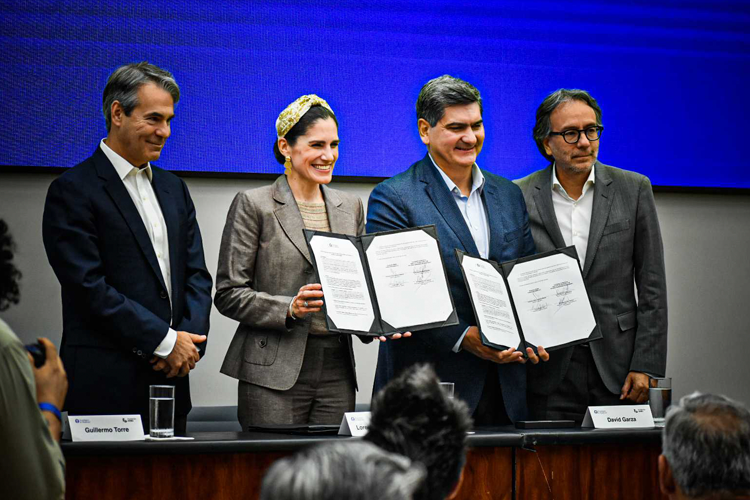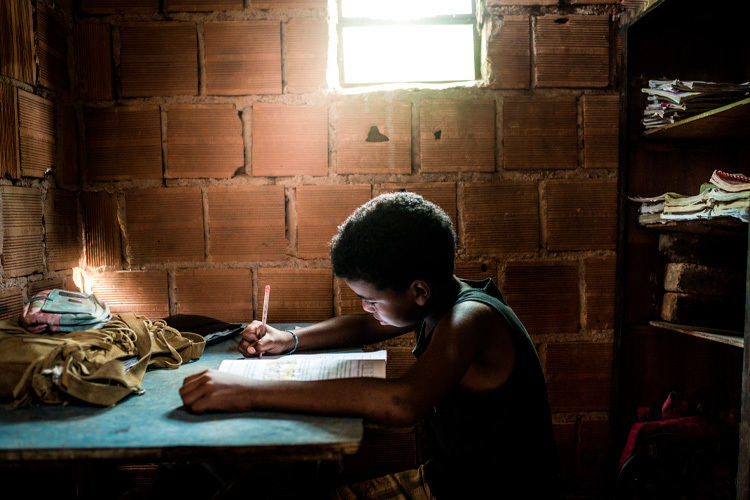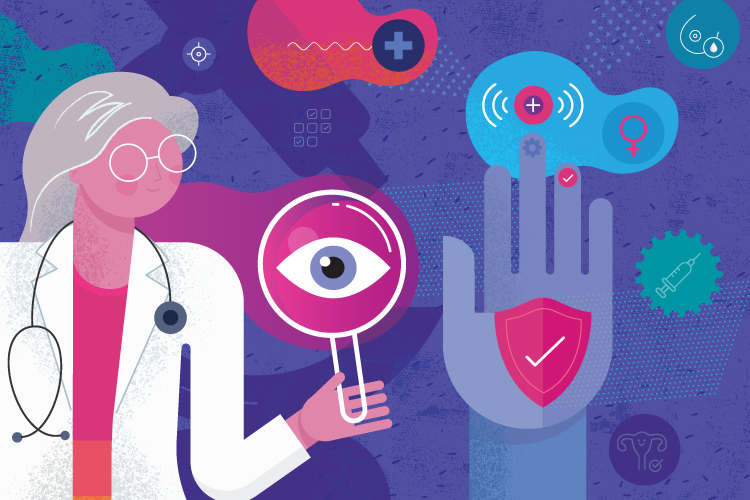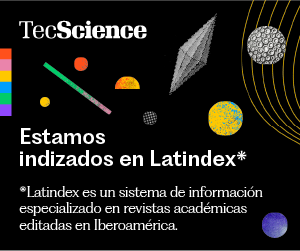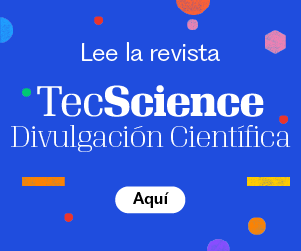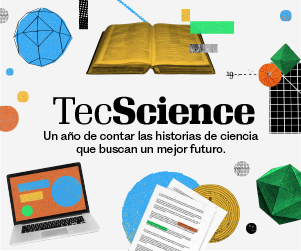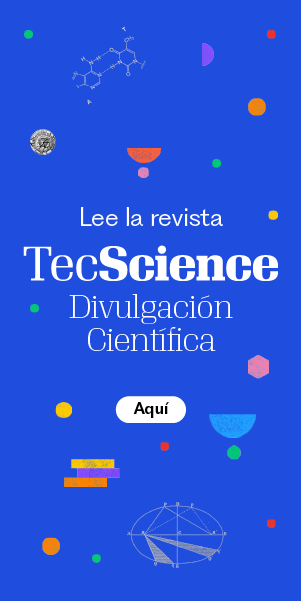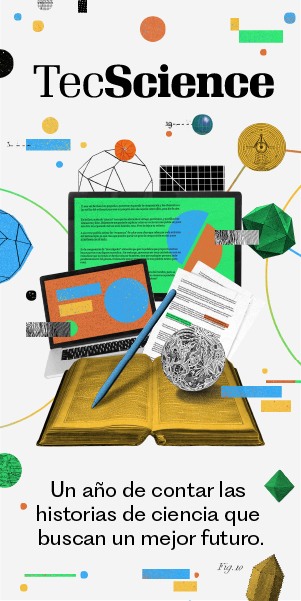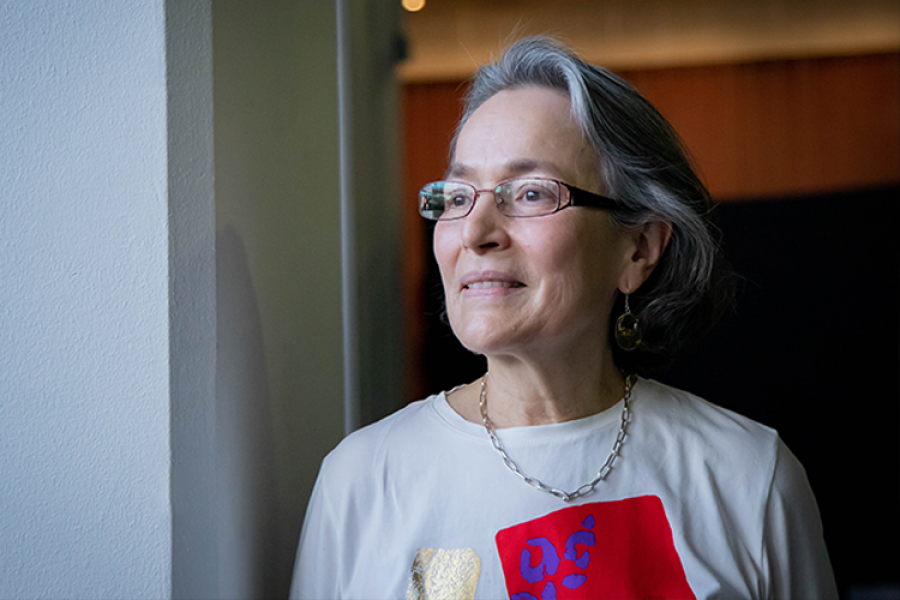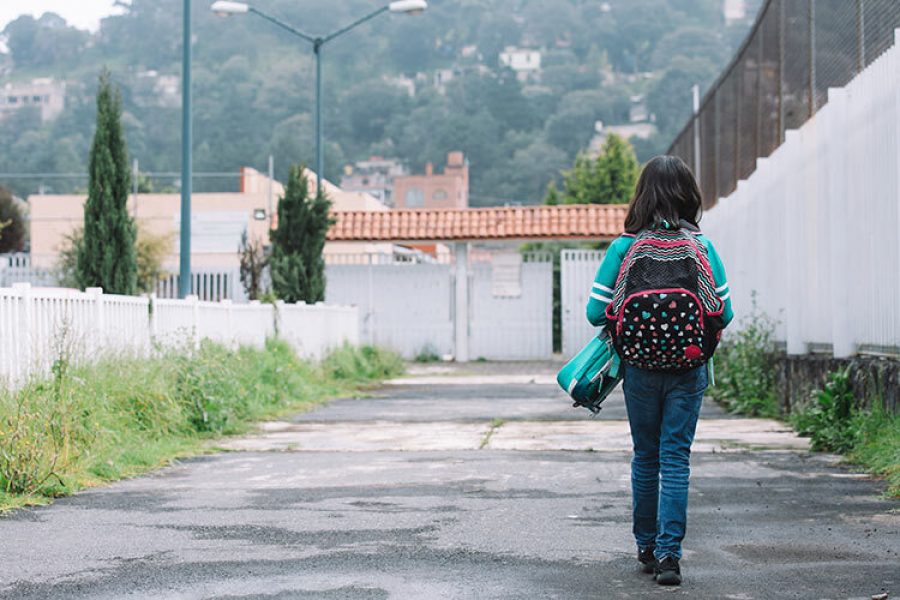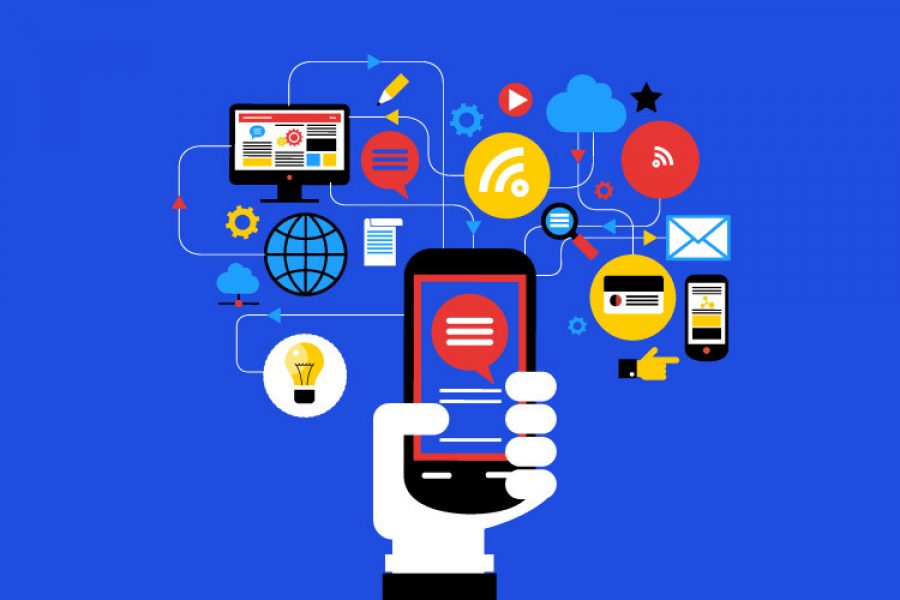Given the social inequalities that exist in the world, creating programs aimed at bringing formal education to the most vulnerable populations –those who live in poverty, have a disability, or are migrants– is a way to promote a dignified future for all Mexicans.
In Mexico, 6.4 million children and young people between the ages of three and 18 do not attend school, representing 18% of the population that, due to their age, should attend school on a mandatory basis, according to the Mexican Institute of Competitiveness (IMCO).
The populations that face the greatest obstacles to accessing education are those who speak an indigenous language, live with a disability, live in rural communities, or are Afro-descendants.
Therefore, creating programs directed at guaranteeing the right to education for vulnerable groups is essential.
“I firmly believe that education is the only tool that can save us, as Mexico and as humanity,” says Yolanda Heredia, research professor at the School of Humanities and Education (EHE) at Tec de Monterrey.
For more than two decades, the researcher has dedicated part of her time to finding ways to innovate in education and to bring it to different vulnerable populations in Mexico.
Now, in collaboration with Francisco Díaz, Associate Dean of Research (EHE), Heredia and other researchers from this school have created Inclusive Education in Vulnerable Environments, a collection of projects, initiatives and research focused on ensuring that those who experience inequality also have access to quality education.
Bringing Education to Vulnerable Communities in Chiapas
The idea is that, in the future, the group will develop research projects that, together with institutions such as the Center for Early Childhood and Child Development Centers (CENDI), will manage to expand education to areas where its access is more difficult.
“I have worked a lot with indigenous populations in Chiapas,” says Heredia. In one of these projects, researchers took digital tablets to indigenous Tzotzil-speaking schools on the outskirts of San Cristóbal.
The objective of the study was to describe the educational impact of using digital tablets and the SUGAR digital educational platform in second and third grade classrooms. The tablets were given to both the school teachers and the students.
In general, they found that combining digital technology with the SUGAR platform is an effective learning environment that helps develop technological and cognitive skills in students and teachers. It also improved students’ self-confidence and increased their language skills in Spanish.
In another study yet to be published, they used Leo Leo, an educational application based on artificial intelligence (AI), to help alphabetize children between 4 and 7 years of age.
The application was used with 2,300 children in third grade of preschool and first grade of primary school in different cities and towns in Chiapas.
There, they divided the students into three experimental groups: one that worked with the application using tablets in the classroom and at home, a second group that worked with the application only at home and a third one that did not use the application. What they found is that the first two groups showed greater ease in learning to speak and write.
Inclusive Education in Vulnerable Environments
These are just two examples of the type of research that can be promoted with Inclusive Education in Vulnerable Environments, so that formal education can reach children and young people in places in Mexico where its access is null or limited.
“We realized that in San Cristóbal there are still many children who do not go to school because they work selling things on the street and continue to be in very difficult conditions,” says the researcher.
Faced with data regarding the inequality in education in Mexico, it is natural to assume that in other cities with high poverty rates in the country, formal education is not as present as we would like it to be.
However, initiatives like this one renew hope that there are ways to reduce these gaps and improve the quality of life of Mexicans.
“I wish we had the possibility to change the education in our country, but at least we can prove that we can influence important aspects of it,” says Heredia.
Were you interested in this story? Do you want to publish it? Contact our content editor to learn more marianaleonm@tec.mx


